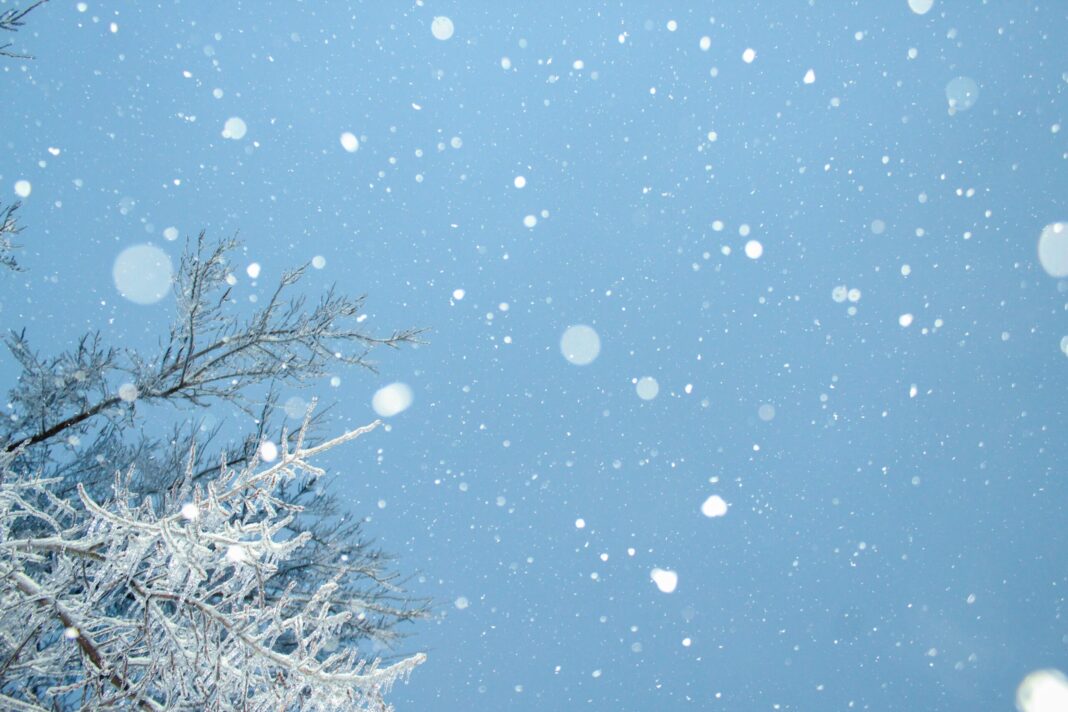What winter weather is in store for us? Our ancestors lived close to the land and by observing the natural world they learned to predict what the seasons would bring. Clouds, birds, animals, and plants all provided clues.
Clouds, birds, animals, and plants all provided clues. Proverbs, sayings, folk predictions, and superstitions were passed down through generations of hunters, farmers, and fishermen who relied upon this weather lore to predict storms and the severity of the coming winter. The study of weather proverbs is known as paroemieology. Most are fanciful fun with no basis in scientific fact while others have been found to have a kernel of truth at their core.
Animal Behavior and Weather
Animal behavior has long been linked to weather. The thickness of their coats, amount of body fat, where they hide their food caches, and how they build their winter dens have all been used to predict winter weather. Native Americans looked to the beaver for clues about winter. They believed that the larger and stronger the beaver lodge, the harsher the winter to come.
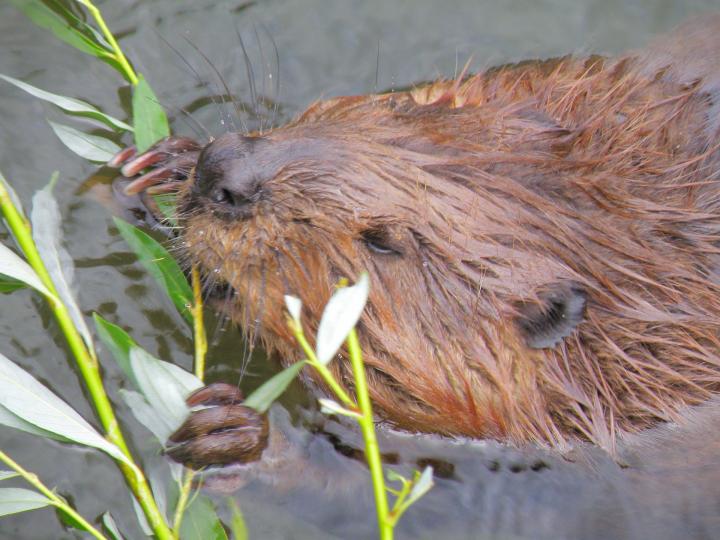
“When you see a beaver carrying sticks in its mouth, it will be a hard winter—you better go south.” If skunks are overly fat, a cold winter is coming. When squirrels are scarce in autumn, it indicates a cold winter but if you see chipmunks in December, it will be a mild winter. If squirrels stash their nuts high in the trees, the snow will be deep. “When squirrels early start to hoard, winter will pierce us like a sword.”
See more about animals predicting the weather.
Birds as Weather Predictors
Birds also have been used as indicators. It is commonly thought that if birds migrate early we’ll have a severe winter. If turkey feathers are unusually thick, look for a hard winter. When wild turkeys perch in trees and refuse to come down, snow is imminent.
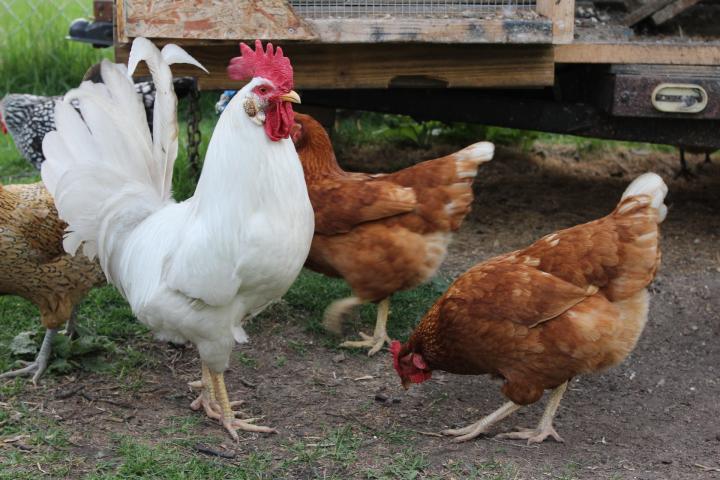
“If the rooster moults before the hen, we’ll have winter thick and thin. If the hen moults before the cock, we’ll have winter hard as a rock.”
See more about birds predicting the weather.
Insects and Weather
Even insects were observed to learn if they had any clues to offer about winter’s harshness. If bees build their nests in a protected spot such as inside a barn or shed, expect a hard winter.
As high as the hornets build their nests so will the snow be next winter.
See more about insects predicting weather.
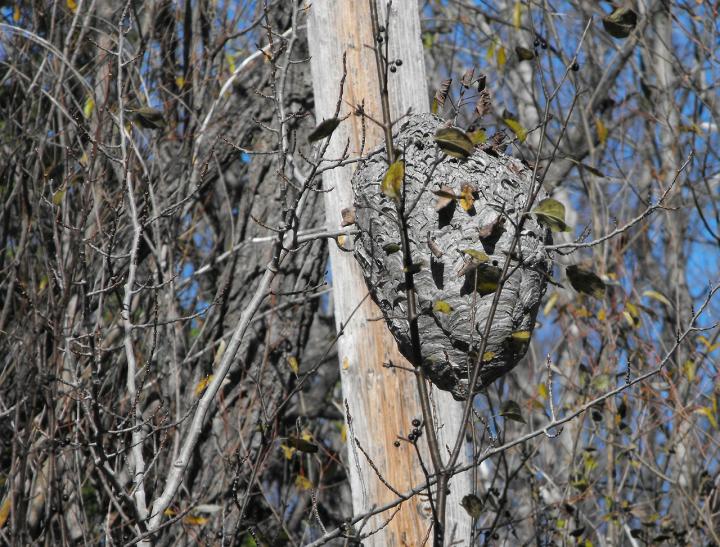
The wooly bear caterpillar (larva of the Isabella moth) has long been a favorite of backyard weather predictors.
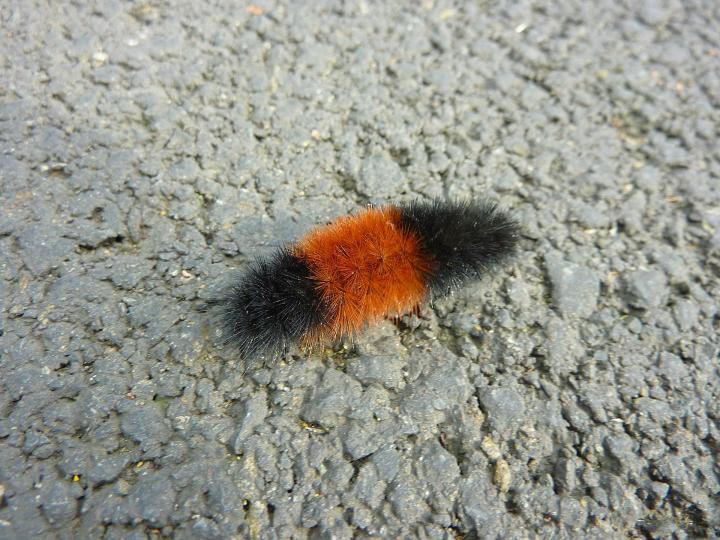
The wider the brown band in the middle of the caterpillar, the milder the winter will be. Read more about the woolly worm.
Plants as Weather Predictors
Plants were often used as weather predictors.
- Tough apple skins or thick onions skins meant a rough winter
- When it came to flower buds, “Look for a heavy winter coat if the buds have heavy coats.”
- When corn husks are thicker and tighter than usual, a cold winter is forecast.
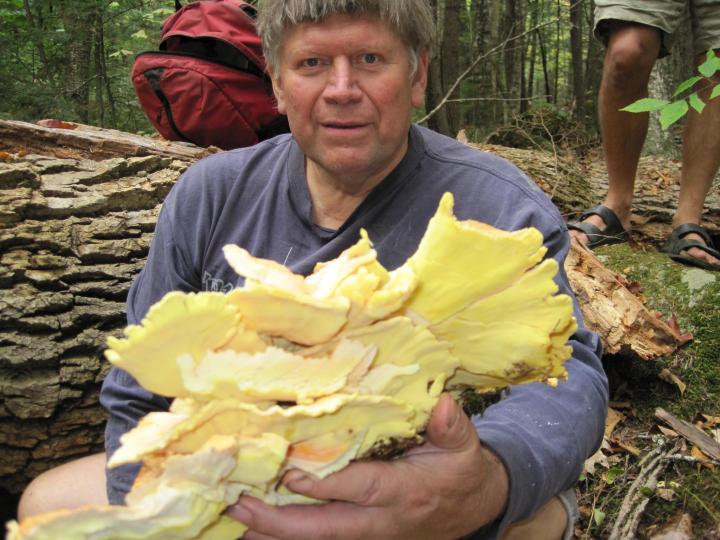
“Mushrooms galore, much snow in store. No mushrooms at all, no snow will fall.”
“When leaves fall early, fall and winter will be mild. When leaves fall late, winter will be wild.” If the leaves wither on the branches in October instead of falling, an extra cold winter is in store.
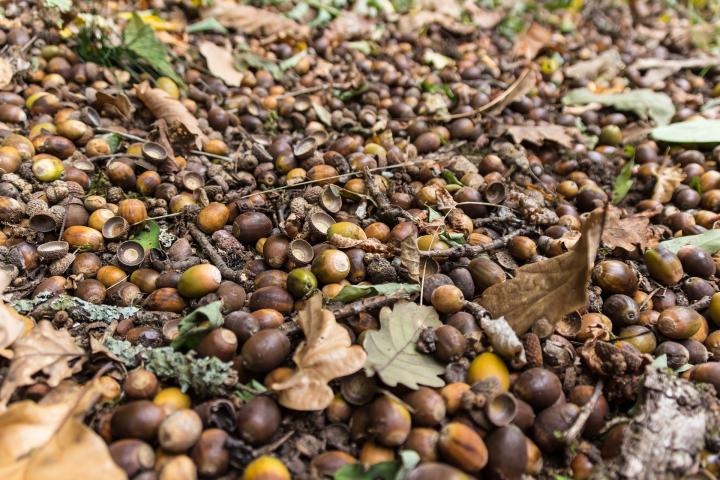
Heavy crops of acorns, rose hips, hawthorn and other berries mean a hard winter is ahead, while a bountiful walnut crop means a mild winter is coming. Thick nutshells predict a severe winter. “As high as the weeds grow, so will be the bank of snow.”
Long ago, Ben Franklin said, “Some of us are weather wise and some are otherwise,” and our fascination with weather continues to this day. Weather folklore is far from infallible in its predictions but it is entertaining!
Want long-range predictions for this winter? Look inside the new edition of The Old Farmer’s Almanac!

